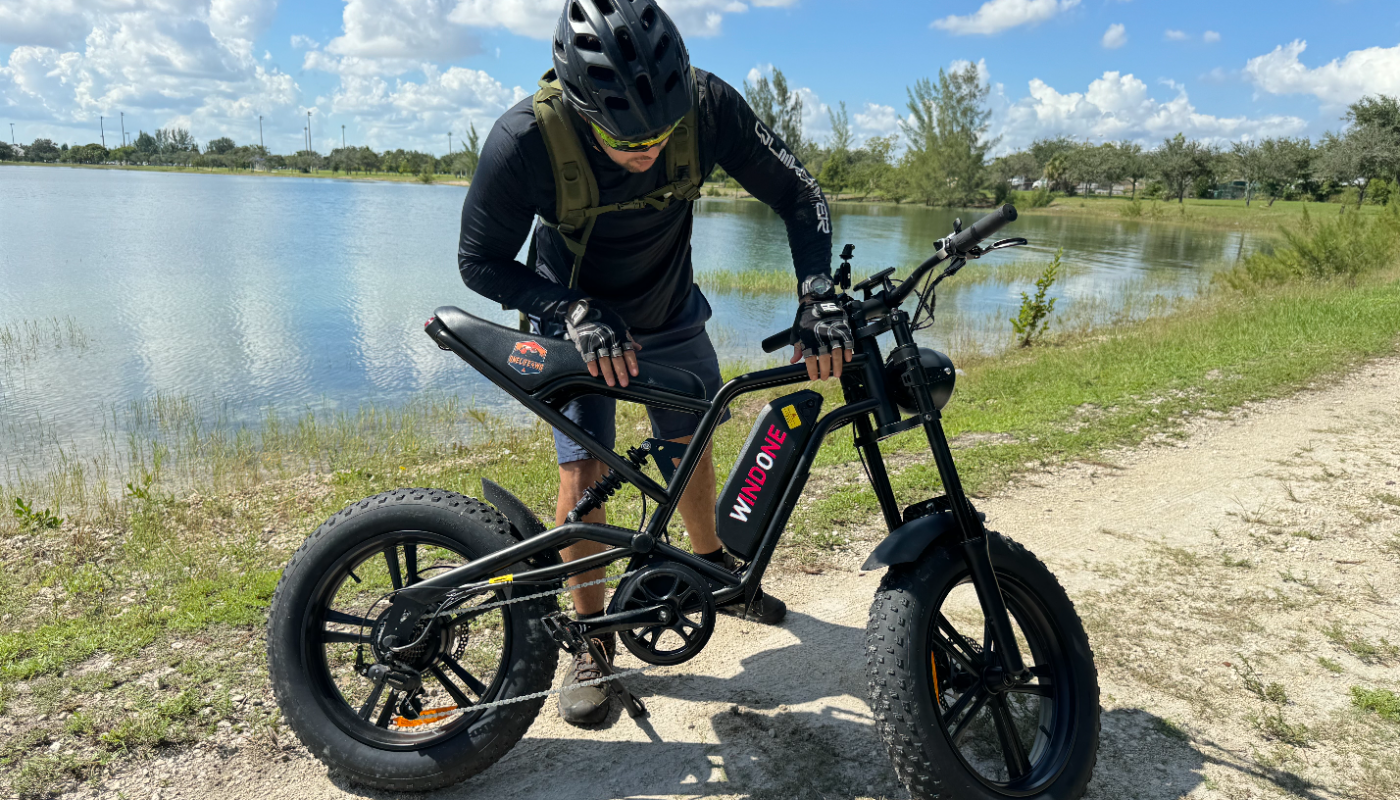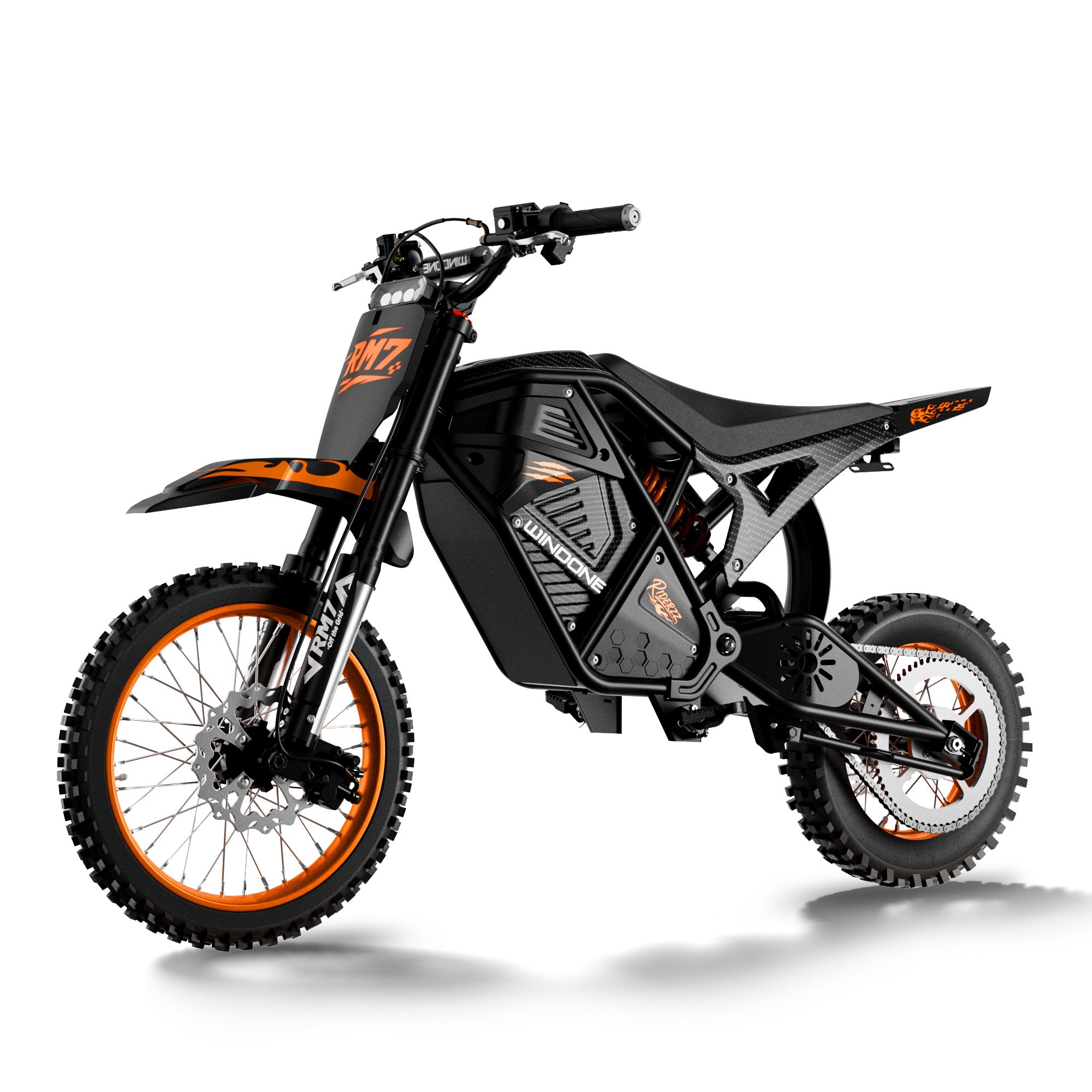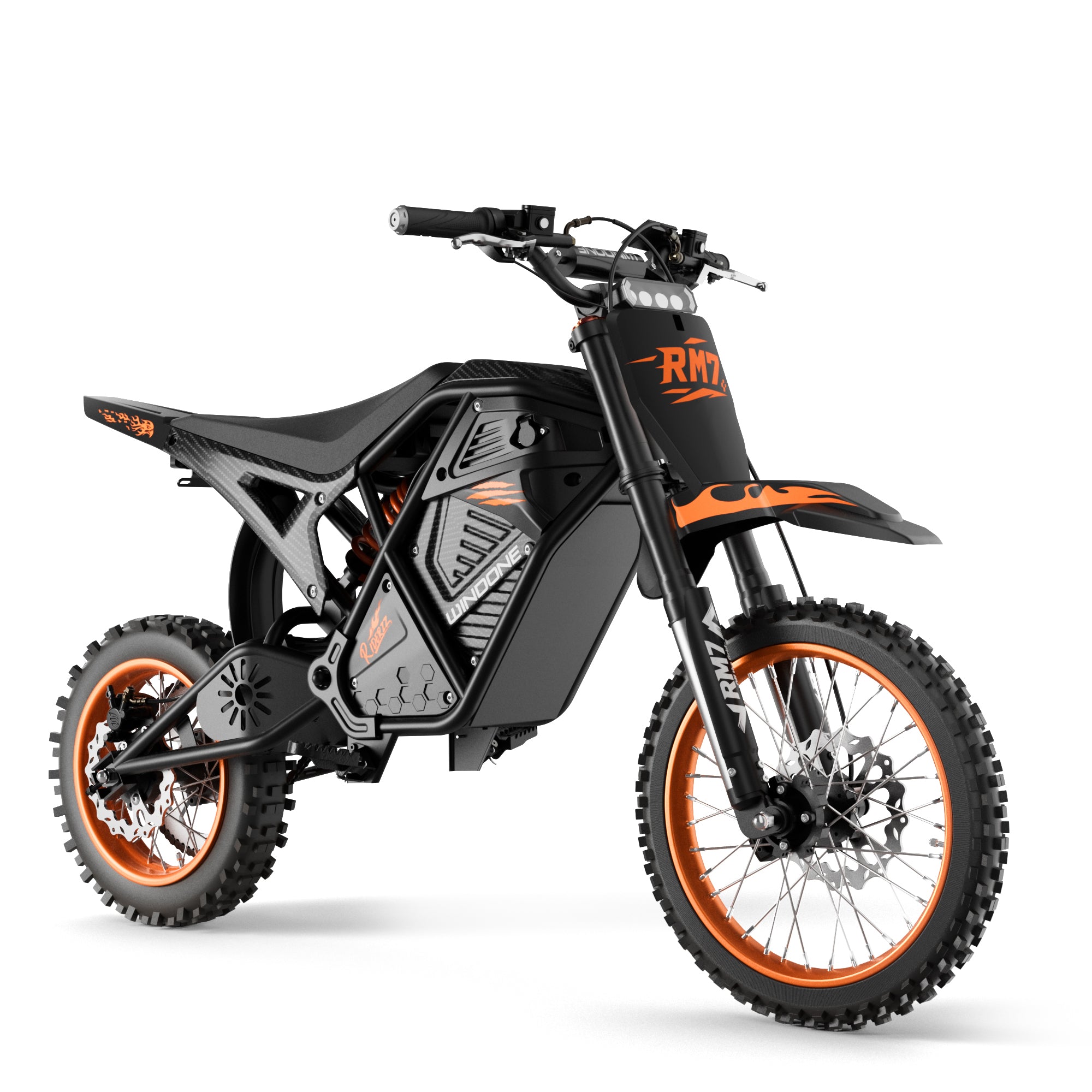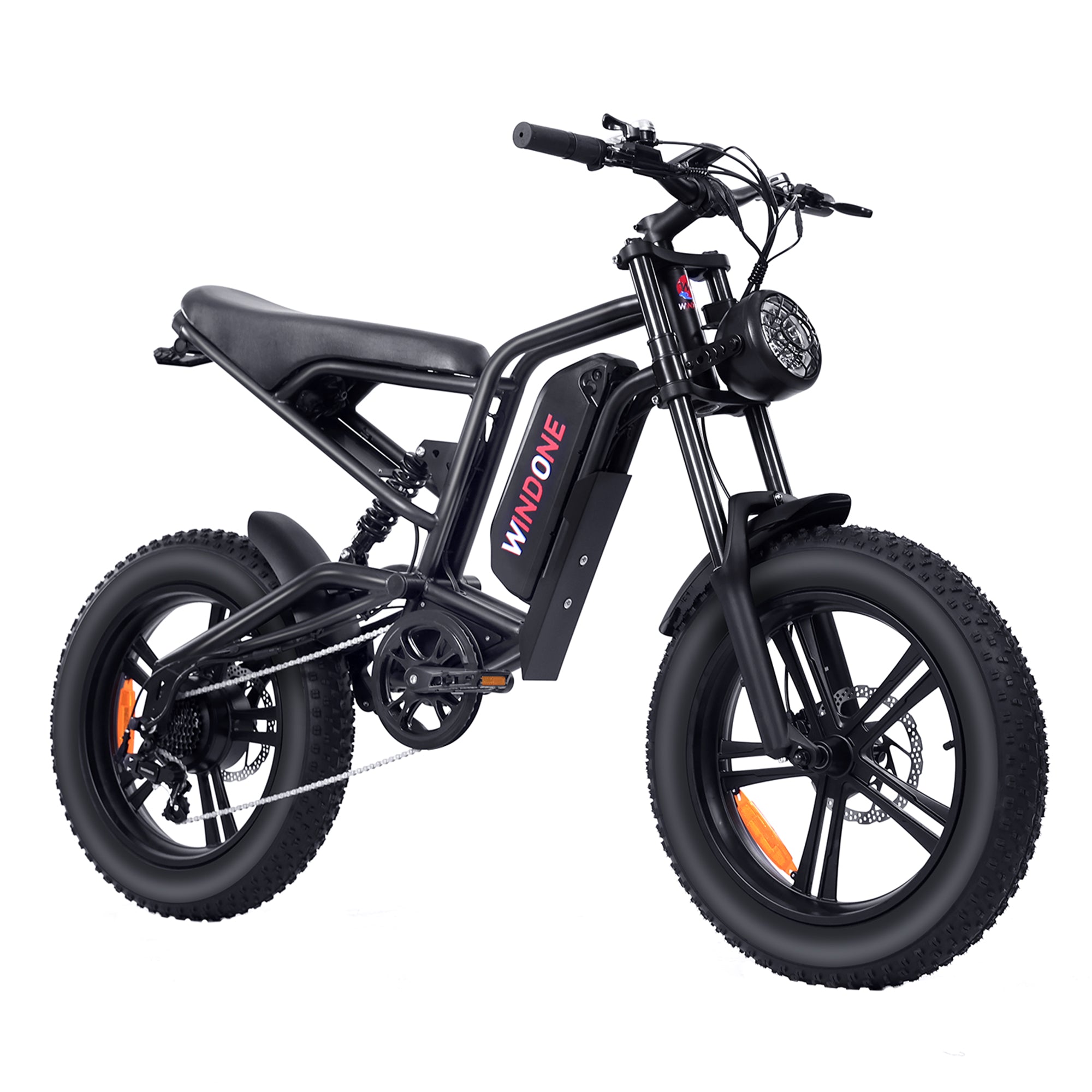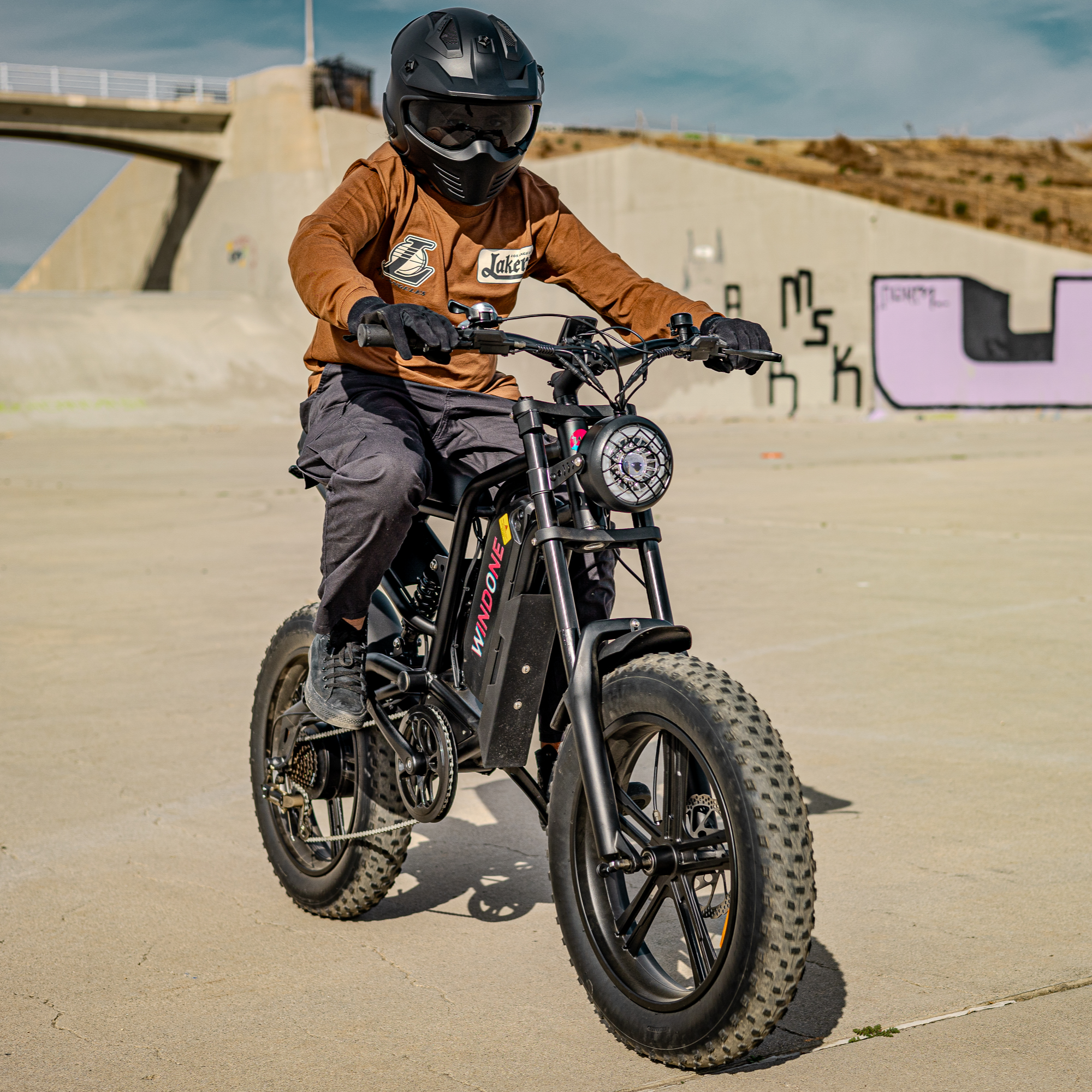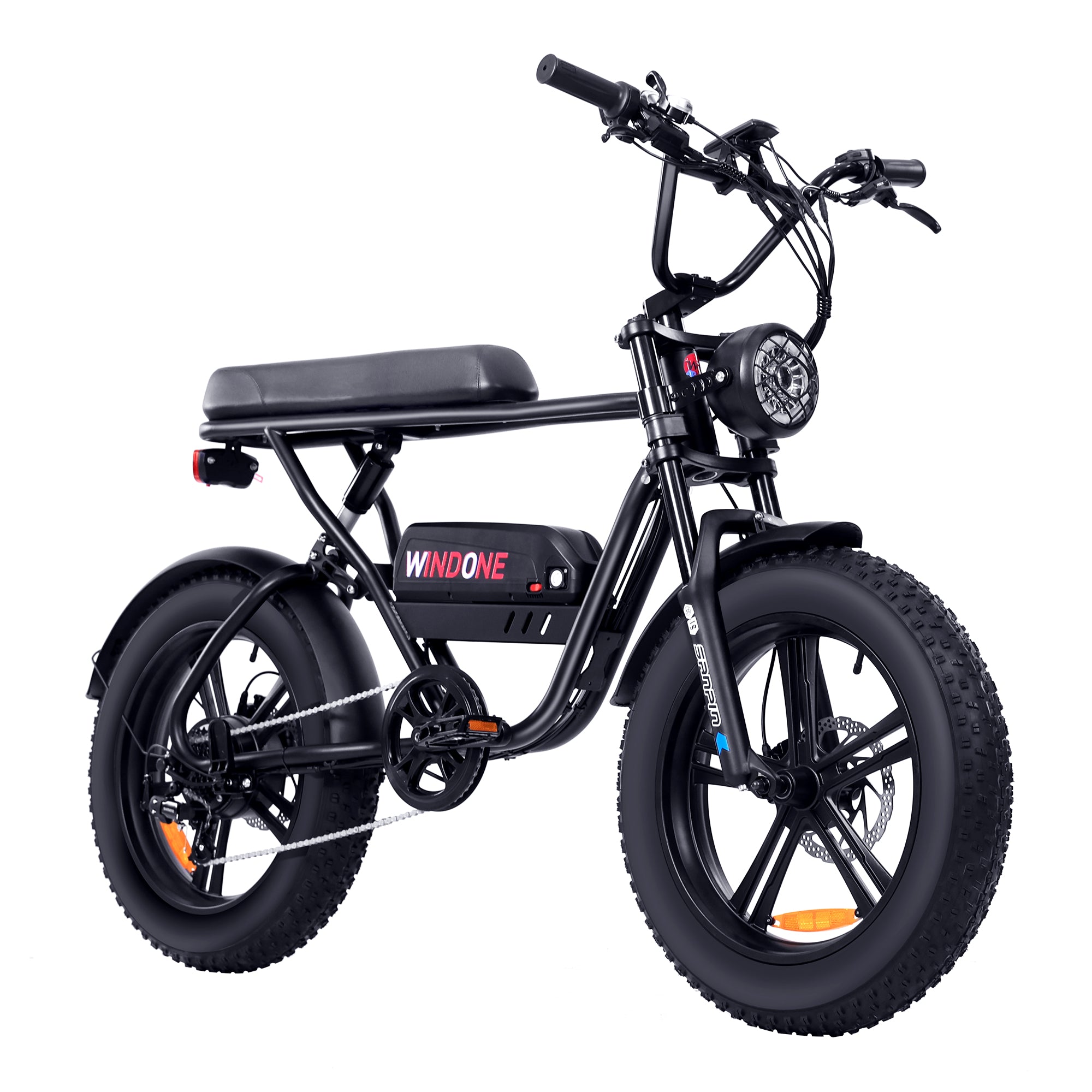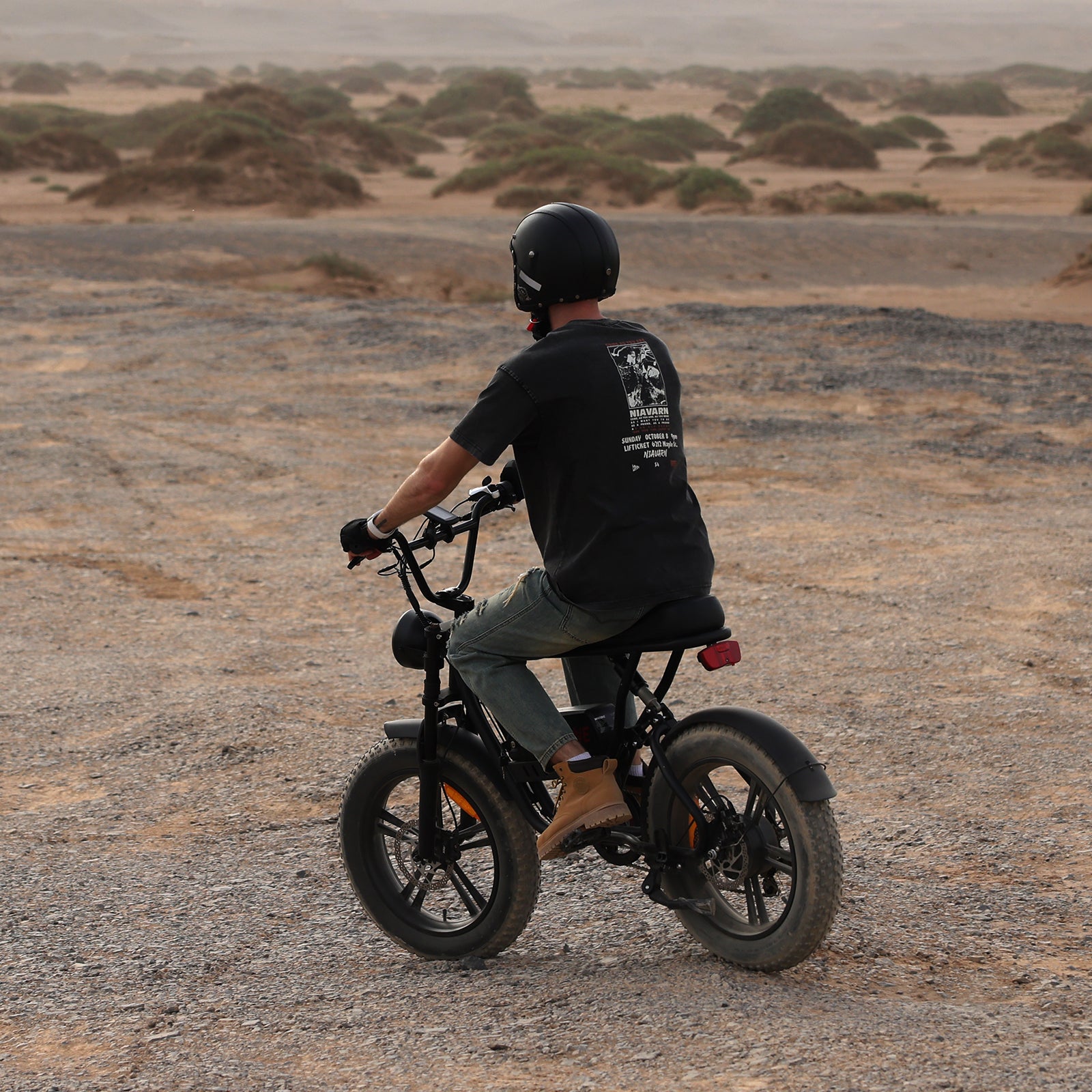When you consider a fat tire ebike, you notice key pros and cons right away. Fat tire e-bikes offer extra stability, comfort, and grip, but you might find them heavier and harder to store than regular e-bikes. These differences can change how you ride and what you expect from your e-bike. The fat tire e-bikes market reached about $49.6 billion in 2023 and keeps growing, so many riders now wonder if these bikes fit their needs. Do you want more comfort and all-terrain ability, or do you prefer a lighter ride? Knowing the pros and cons helps you make the best choice.
What Are Fat Tire eBikes?

Fat Tires Explained
You can spot a fat tire e-bike by its oversized tires. Most fat tire e-bikes use tires that measure between 3.8 and 5 inches wide. This is much wider than the tires on a standard e-bike or mountain bike. For example, the Leoguar Fastron SO fat tire ebike uses 26" x 4.0" tires. These fat tires give you a much larger contact area with the ground. The wide design helps you ride over soft, loose, or slippery surfaces. Fat tires on electric bikes often have deep treads and run at low air pressures, usually between 5 and 15 PSI. This lets the tires flex and grip the ground better. You get more shock absorption, which means a smoother ride on rough terrain.
Fat tire bikes come in many styles. Cruiser fat tire e-bikes have relaxed frames and swept-back handlebars for comfort. Commuter models add racks and fenders for daily use. Folding fat tire bikes use smaller wheels and frames that fold for easy storage. Mountain fat tire electric bikes use strong frames, powerful motors, and advanced suspension for off-road riding.
|
Bike Type |
Typical Tire Width |
Main Terrain |
Key Features |
|---|---|---|---|
|
Road Bike |
0.9-1.25 inches |
Pavement |
Fast, low resistance |
|
Mountain Bike |
2.0-2.5 inches |
Trails |
Good grip, moderate shock absorption |
|
Fat Tire Bike |
3.8-5+ inches |
All-terrain/extreme |
Maximum traction, flotation, shock absorption |
Typical Uses
You will find fat tire e-bikes shine in places where other bikes struggle. Fat tires help you ride on snow, sand, mud, and rocky trails. The wide tires spread your weight, so you do not sink into soft ground. Fat tire bikes also work well on gravel, dirt, and even city streets with potholes. Many riders choose a fat tire electric bike for off-road adventures or daily commutes in areas with rough paths.
Fat tires give you better traction and stability on hills, loose surfaces, and wet ground. The large surface area and low pressure let the tires grip and float over obstacles. You can ride with confidence on off-road trails, beaches, and snowy roads. Fat tire e-bikes also reduce bumps and vibrations, so you feel less tired after long rides. Riders who want comfort, control, and the ability to explore any terrain often pick fat tire electric bikes.
Tip: Lowering the tire pressure on your electric fat bike can improve grip and comfort on soft or uneven surfaces.
Fat Tire eBike Benefits
Stability and Traction
You notice the difference in stability as soon as you get on a fat tire e-bike. Fat tires have a much wider contact patch than regular bike tires. This means you get improved stability and better traction on loose surfaces like snow, sand, and dirt. The low tire pressure, usually between 5 and 15 PSI, lets the tires grip the ground and absorb bumps. You feel more secure when you ride over rocks, roots, or slippery patches. The wide tires also help you keep your balance on uneven ground.
Here is a quick comparison of fat tires and traditional road tires:
|
Metric |
Fat Tires |
Traditional Road Tires |
|---|---|---|
|
Tire Pressure |
5-15 PSI (low pressure) |
80-130 PSI (high pressure) |
|
Rolling Resistance |
~35 watts at 20 mph |
~20 watts at 20 mph |
|
Weight per Wheel |
1.5 to 2.5 kg |
0.5 to 1 kg |
Fat tires give you excellent traction and control, even when the path gets rough. You can ride with confidence, knowing your fat tire e-bike will not slip easily. The benefits of fat tires become clear when you face mud, gravel, or icy roads. You get superior traction and a safer ride in all conditions.
Comfort and Shock Absorption
Fat tire e-bikes stand out for their comfort. The large air volume inside fat tires acts like a natural suspension system. When you ride over bumps or rough terrain, the tires absorb shocks and vibrations. You feel less impact on your hands, arms, and back. This makes long rides much easier on your body.
-
4-inch fat tires absorb shocks and vibrations more effectively than thin tires.
-
The extra cushioning supports your body on uneven surfaces.
-
Lower tire pressure increases shock absorption and grip.
-
You experience less fatigue and soreness during long rides.
|
Bike Type |
Reason for Comfort Difference |
|
|---|---|---|
|
Regular Bike |
Low to moderate |
Smaller tires transmit more bumps and vibrations |
|
Fat Tire eBike |
High |
Larger tires absorb shocks, providing a cushioned ride |
If you want a smooth ride, especially on rough roads or trails, an electric fat bike gives you a big advantage. You can ride longer and feel less tired, making your adventures more enjoyable.
All-Terrain Versatility
Fat tire e-bikes offer versatility for all conditions. You can ride on snow, sand, mud, gravel, or pavement without switching bikes. Fat tires at low pressures act as a natural suspension, absorbing bumps and protecting both you and the bike. Many fat tire e-bikes use strong frames made from aluminum or steel, which handle impacts and rough use. Motors from 500W to 1000W give you enough power to climb hills and move through deep snow or mud. Weather-resistant parts, like sealed electronics and non-corrosive bearings, keep your bike running in rain, snow, or slush.
You can count on your fat tire ebike to handle winter roads, rocky trails, or city streets with potholes. Some models, like the Tamobyke V20 Pro, come with special winter tires, hydraulic brakes, and batteries that work well in cold weather. These features let you explore new places and enjoy off-road adventures all year round.
Tip: Fat tire e-bikes let you transition from hard-packed snow to soft sand or rocky trails without changing your setup. This gives you true all-terrain freedom.
Load Capacity
A fat tire bike can carry more weight than a regular e-bike. The wide tires spread your weight evenly, which helps with balance and traction on rough ground. Most fat tire e-bikes use powerful motors, usually between 500W and 1000W, so you can carry heavy loads up hills or across soft surfaces. High-capacity batteries (48V or 60V) give you enough power for longer rides, even when you carry extra gear.
-
Fat tire e-bikes support heavier riders and cargo.
-
The larger tire surface area and shock absorption keep your ride stable, even with a full load.
-
Standard e-bikes with narrow tires and smaller motors do not handle heavy loads as well, especially on rough terrain.
If you need to carry groceries, camping gear, or tools, an electric fat bike gives you the support and stability you need.
Safety Features
Fat tire e-bikes come with several safety advantages. The wide tires give you enhanced traction and control, which helps prevent slips and falls. You get predictable handling, even in wet or icy conditions. Many fat tire e-bikes include disc brakes, which work well in all weather. The extra grip from fat tires helps you stop quickly and safely.
You also benefit from the improved stability that fat tires provide. This makes it easier to ride on uneven ground or through obstacles. The strong frames and weather-resistant parts add another layer of safety, letting you ride with confidence in any season.
Note: Fat tire e-bikes are a smart choice if you want a safe, stable, and comfortable ride on any surface.
Fat Tire e-Bikes Drawbacks
Weight and Bulk
You will notice that fat tire e-bikes feel much heavier than regular e-bikes. The wide fat tires, strong frames, and large motors all add extra pounds. This extra weight makes it harder to lift, carry, or move your bike, especially if you need to go up stairs or load it into a car. When you ride in the city, the bulk of fat tire e-bikes can make it tough to weave through traffic or tight spaces.
Here is a quick look at how different parts add weight:
|
Component |
Weight Addition (lbs) |
Impact on Handling and Use Case |
|---|---|---|
|
Fat Tires |
5 to 15 |
Increase bulk and weight; improve stability and traction on soft, rough terrain but reduce maneuverability on paved surfaces. |
|
Suspension Systems |
3 to 10 (front or full) |
Adds weight but cushions shocks, enhancing comfort on uneven terrain; heavier bikes harder to maneuver in tight spots. |
|
Frame Material |
4 to 10 (varies by type) |
Stronger, heavier frames needed for durability; heavier frames reduce agility but improve durability and stability. |
|
Motor |
5 to 10 |
Larger motors add weight but provide necessary torque for rough terrain handling. |
|
Battery |
8 to 12 |
Bigger batteries increase weight but extend range for off-road use. |
-
Fat tire e-bikes give you great stability and comfort on rough ground.
-
The extra weight makes them harder to handle in crowded or urban areas.
-
Lighter e-bikes are easier to carry, store, and ride in the city.
Note: The trade-off is clear. You get better off-road performance with fat tires, but you lose some agility and ease of use in daily life.
Speed and Efficiency
Fat tires create more rolling resistance than narrow tires. This means you need more energy to keep your fat tire e-bike moving at the same speed as a regular bike. Tests show that fat bike tires (about 4 inches wide) need 30-45 watts per tire to ride at 18 mph. In comparison, mountain bike tires need 15-25 watts, and road bike tires need only 10-15 watts. You will find that your fat tire e-bike goes slower and uses more battery power, especially on paved roads.
When you ride downhill, you may notice that fat tire e-bikes do not reach the same top speeds as road bikes. Climbing hills also takes longer. The extra drag from fat tires means you work harder and your battery drains faster. If you want the best speed and efficiency, fat tires may not be the right choice.
Battery Range
The heavy weight and high rolling resistance of fat tires affect your battery range. You will see your battery level drop faster, especially if you ride long distances or climb hills. The bigger tires and stronger motors use more energy. This means you may need to charge your e-bike more often.
|
Aspect |
Details |
|---|---|
|
Mass (79-119 kg), Rolling resistance coefficient (0.001-0.003), Drag coefficient (0.6-0.8), Effective frontal area (0.4-0.6) |
|
|
Impact of Riding Conditions |
Distance and road inclination significantly reduce battery levels in short-term predictions |
|
Simulation Insights |
Battery depletion is closely linked to trip distance and elevation |
If you plan to ride far or carry heavy loads, you should expect a shorter battery range with fat tire e-bikes. You may need to bring a spare battery or plan your trips around charging stops.
Maneuverability
Fat tires help you ride over sand, snow, and mud, but they make your e-bike harder to steer in tight spaces. The wide tires and heavy frame reduce your agility. You may find it difficult to turn quickly or avoid obstacles on narrow trails or busy streets.
-
Fat tire e-bikes feel less nimble in crowded areas.
-
The extra width makes it hard to fit through narrow doorways or bike racks.
-
You need to use more effort to control the bike, especially at low speeds.
Step-thru e-bikes and lighter models are much easier to handle in the city. If you often ride in tight or busy places, you may want to think about how much maneuverability matters to you.
Storage and Transport
Storing and moving fat tire e-bikes can be a challenge. The wide fat tires and large frames take up more space in your garage, apartment, or car. You may have trouble fitting your bike into standard racks or elevators. Carrying the bike up stairs or loading it onto a vehicle can be difficult because of the weight and size.
-
Fat tire e-bikes need more storage space than regular bikes.
-
You may need a special bike rack or carrier for transport.
-
Moving the bike by hand can be tiring, especially for younger or smaller riders.
Tip: Measure your storage area before buying a fat tire e-bike to make sure it will fit.
Cost
Fat tire e-bikes usually cost more than standard e-bikes. The price often ranges from $1,800 to $3,000, while regular e-bikes can start at $1,200. The higher price comes from the special fat tires, strong frames, and bigger batteries. Maintenance costs are also higher because you need special parts and tires.
|
Cost Factor |
Fat Tire Electric Bike |
Standard Electric Bike |
|---|---|---|
|
$1,800 – $3,000 |
$1,200 – $2,000 |
|
|
Maintenance Cost |
Higher due to specialized parts |
Lower |
You may save money in the long run because fat tires are tough and last longer. The strong frame and durable parts mean fewer repairs. Still, you should expect to pay more upfront and for regular upkeep.
Note: Fat tire e-bikes offer great performance and durability, but you need to budget for the higher purchase and maintenance costs.
Fat Bike vs Other Bikes

Standard eBikes
When you compare a fat tire bike to a standard eBike, you notice big differences in comfort and terrain handling. Fat tire bikes use wide tires, usually 4 inches or more, while standard eBikes have tires closer to 2 inches. This extra width gives you more grip and shock absorption, especially on loose or bumpy ground. You feel less tired on long rides because the tires cushion every bump. In fact, a recent study found that riders on fat tire bikes experienced 28% less fatigue on longer trips compared to those on standard tires.
Here is a quick comparison:
|
Feature |
Fat Tire Bike |
Standard eBike (Mountain) |
|---|---|---|
|
Tire Width |
4" and above |
2" to 2.6" |
|
Comfort |
High (shock absorption) |
Moderate |
|
Best Terrain |
Sand, snow, gravel |
Rocky trails, hills |
|
Weight |
Heavier |
Lighter |
|
Daily Range |
30–60 miles per charge |
30–60 miles per charge |
|
Maintenance |
More complex |
Simpler |
You get more stability and comfort with a fat tire bike, but you also deal with extra weight and more complex maintenance. If you want a practical e-bike for mixed terrain and comfort, a fat tire bike stands out.
Mountain and Road Bikes
Fat tire bikes and electric fat bikes differ from mountain and road bikes in design and performance. Mountain bikes use narrower tires and strong suspension for technical trails and jumps. Road bikes focus on speed with slim tires and lightweight frames. An electric fat bike uses large tires for stability and a motor for power, making it easier to ride on sand, snow, or rough paths.
|
Bike Type |
Tire Size |
Suspension |
Best Use |
Motor Assist |
|---|---|---|---|---|
|
Fat Tire Bike |
Usually none |
All-terrain, soft ground |
Yes |
|
|
Mountain Bike |
2"–2.6" |
Front/Full |
Trails, technical rides |
Sometimes |
|
Road Bike |
1.75"–2.25" |
Minimal/None |
Pavement, speed |
Sometimes |
You will find that an electric fat bike gives you more versatility for different surfaces, while mountain and road bikes excel in their specific environments.
Everyday Differences
In daily use, fat tire bikes offer unique advantages. You ride with more comfort and control on mixed terrain, thanks to the wide tires and motor assist. Fat tire bikes reduce energy-draining stops and help you handle rough paths with less mental effort. Advances in battery and motor technology now let you use an electric fat bike for long commutes or weekend adventures.
-
You feel less fatigue on long rides.
-
You get better shock absorption and traction.
-
You can ride on sand, snow, or gravel without worry.
-
You may find storage and transport more challenging due to size and weight.
If you want a bike that handles all conditions and keeps you comfortable, a fat bike or electric fat bike is a strong choice for practicality.
Choosing a Fat Tire Electric Bike
Who Should Consider
You might wonder if a fat tire electric bike fits your lifestyle. These bikes attract a wide range of riders. Many younger people, especially millennials and Gen Z, choose them for adventure and outdoor fun. If you enjoy exploring new trails, riding on sand or snow, or want a bike that stands out, you will likely enjoy this type of bike. Urban riders also benefit from the strong build, which helps you handle rough city streets and crowded areas.
People who care about fitness and health often pick fat tire electric bikes for their daily commute or weekend rides. You may see these bikes used by outdoor enthusiasts, commuters, and those who want a comfortable ride in any weather. In North America, outdoor lovers use them for all kinds of terrain. In Europe and Asia, city riders and those who want green transport solutions also choose these bikes. Social media trends and lifestyle marketing make them popular with tech-savvy and eco-conscious riders.
Tip: If you want a bike that handles rough paths, city roads, and gives you a smooth ride, a fat tire electric bike could be your best choice.
Decision Checklist
Before you buy, use this checklist to see if a fat tire electric bike matches your needs:
-
Do you plan to ride on sand, snow, gravel, or rough city streets?
-
Will you use the bike for commuting or your daily commute?
-
Do you need extra comfort, shock absorption, or stability?
-
Are you looking for a bike with strong frame durability?
-
Do you want a motor and battery that support long rides and tough terrain?
-
Will you carry heavy loads or need a higher weight limit?
-
Do you prefer a bike with safety features like disc brakes and wide tires?
-
Does your lifestyle value adventure, fitness, or eco-friendly transport?
|
Feature |
Why It Matters |
|---|---|
|
Adapts to different terrains |
|
|
Motor power & battery |
Supports range and performance |
|
Frame durability |
Handles rugged use |
|
Comfort features |
Improves ride quality |
|
Intended use |
Matches your riding goals |
If you answer "yes" to most of these questions, you will likely benefit from choosing a fat tire electric bike.
You see fat tire eBikes offer strong grip, comfort, and stability on rough ground. Reviews highlight easy mounting and good handling. You may notice slower speeds and more energy use because of the heavy tires. Some models use bigger batteries or folding frames to help with these issues. Think about where you ride most, how much comfort you want, and if you need easy storage. Make a checklist before you buy to match your needs with the bike’s features.
FAQ
How often do you need to inflate fat tires?
You should check your tire pressure every week. Fat tires lose air faster than regular tires. Use a pressure gauge to keep them between 5 and 15 PSI. Proper pressure gives you better grip and comfort.
Can you ride a fat tire eBike on pavement?
Yes, you can ride on pavement. Fat tires feel smooth and stable on city streets. You may notice more rolling resistance, so your ride might feel slower than with narrow tires.
Are fat tire eBikes good for beginners?
Fat tire eBikes work well for beginners. The wide tires give you extra balance and control. You feel more confident on rough or slippery ground. Many new riders enjoy the comfort and safety.
How do you store a fat tire eBike?
Store your fat tire eBike in a dry, cool place. Make sure the tires do not touch sharp objects. If space is tight, look for a folding model or use a wall-mounted rack.
What is the average range of a fat tire eBike?
Most fat tire eBikes travel 30 to 60 miles on a single charge. The range depends on your speed, weight, and terrain. Riding on sand or hills uses more battery power.









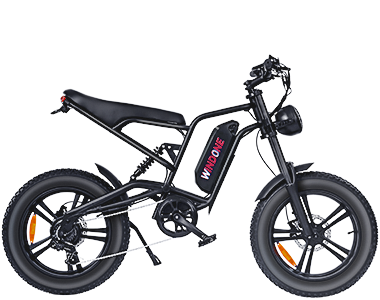
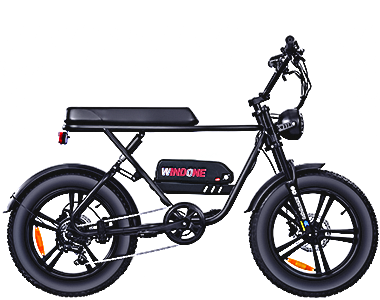
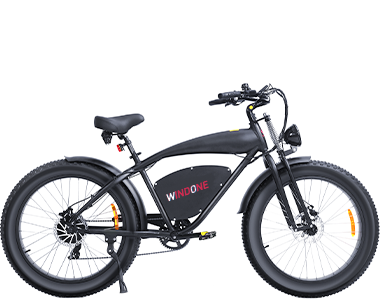
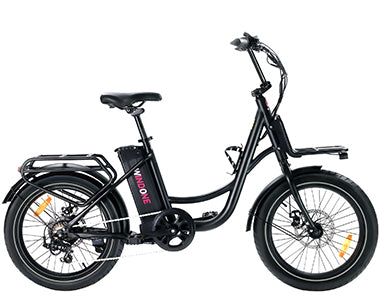
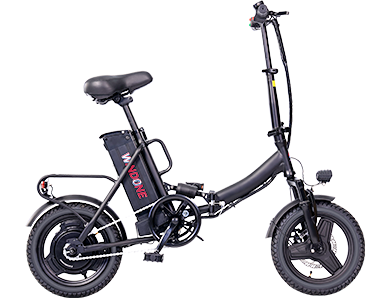
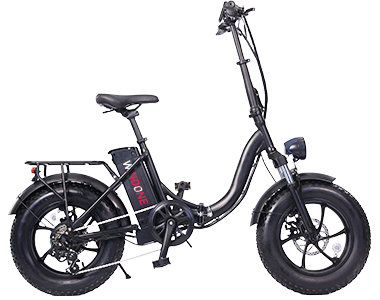


 Ebike Locks
Ebike Locks
 Phone Mount
Phone Mount
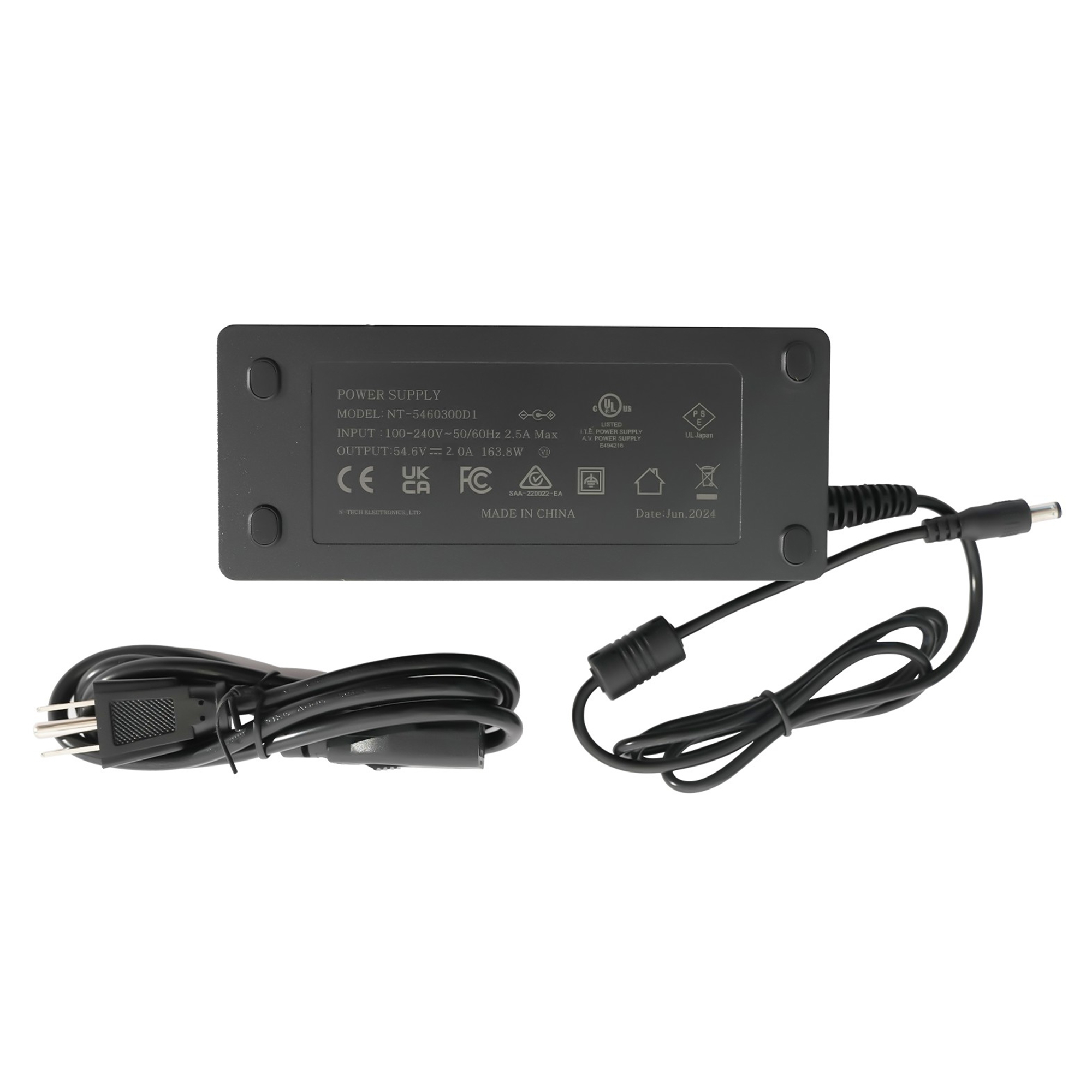
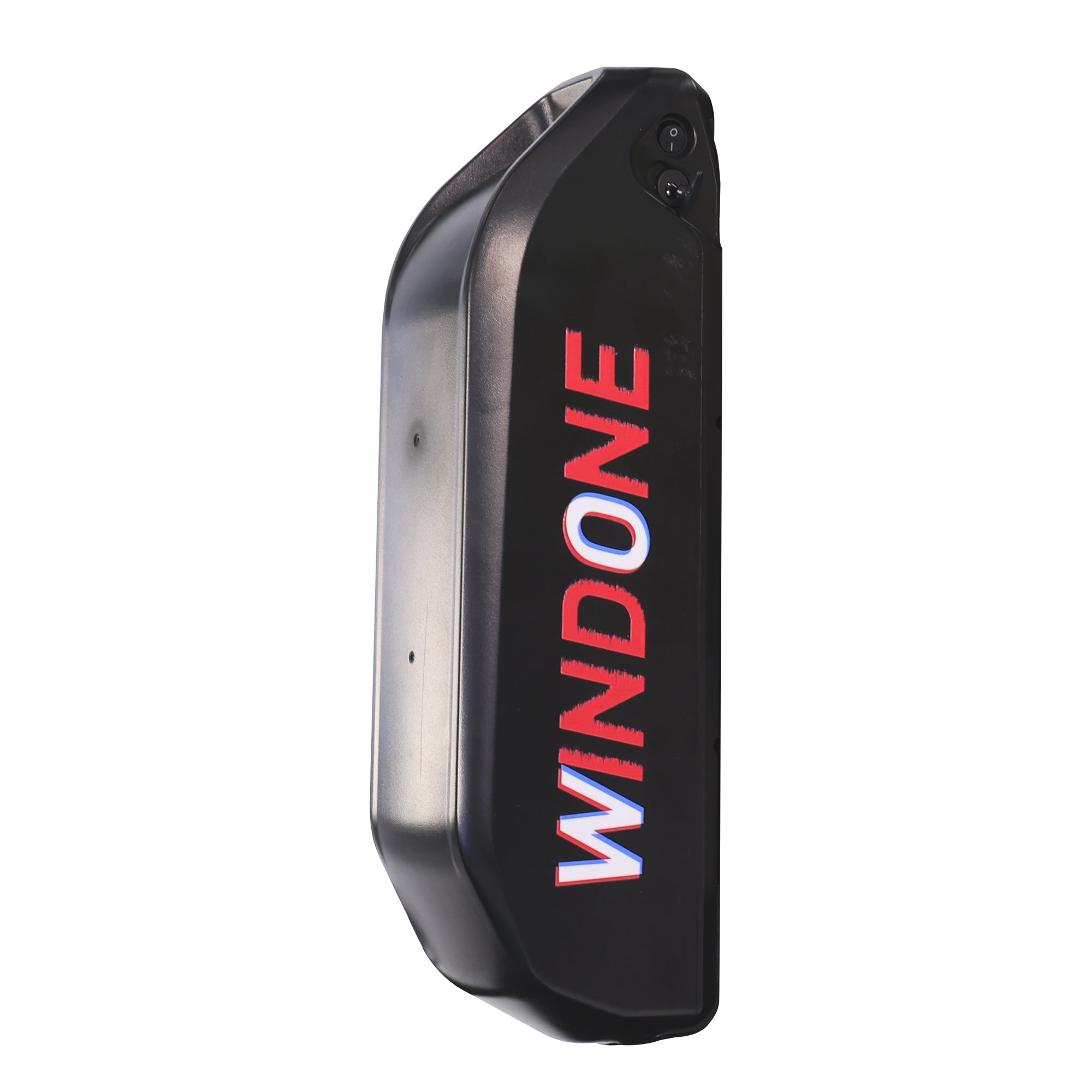
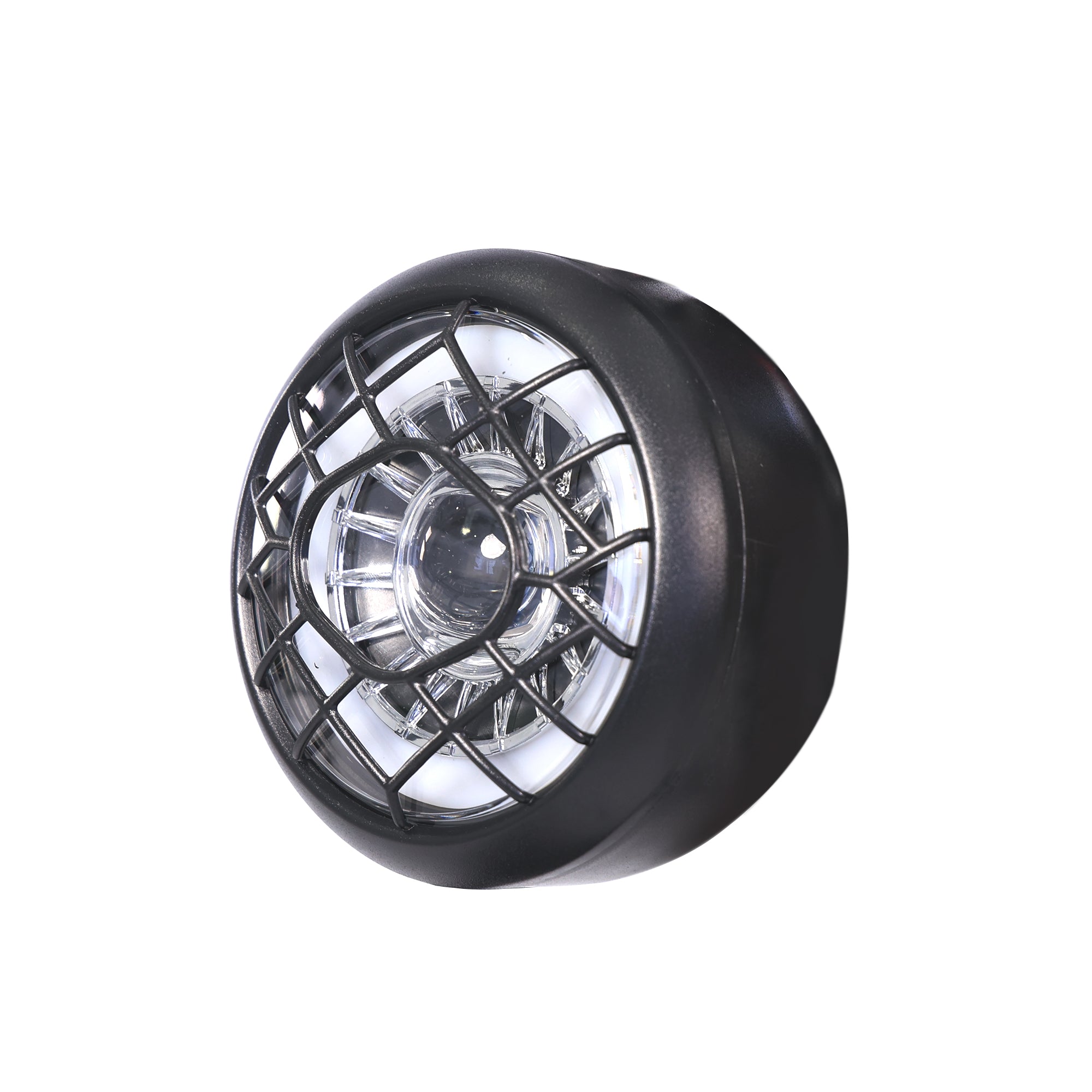
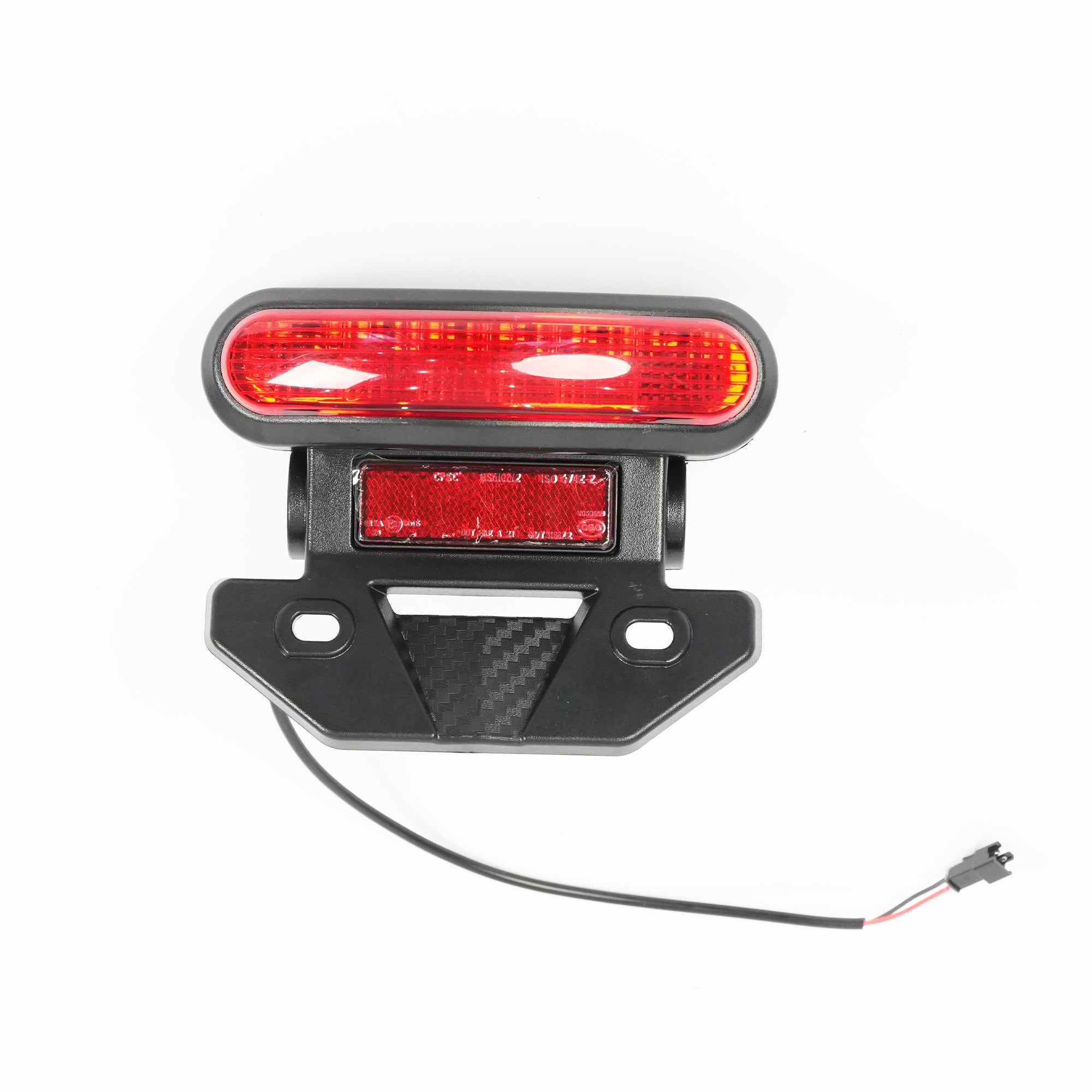
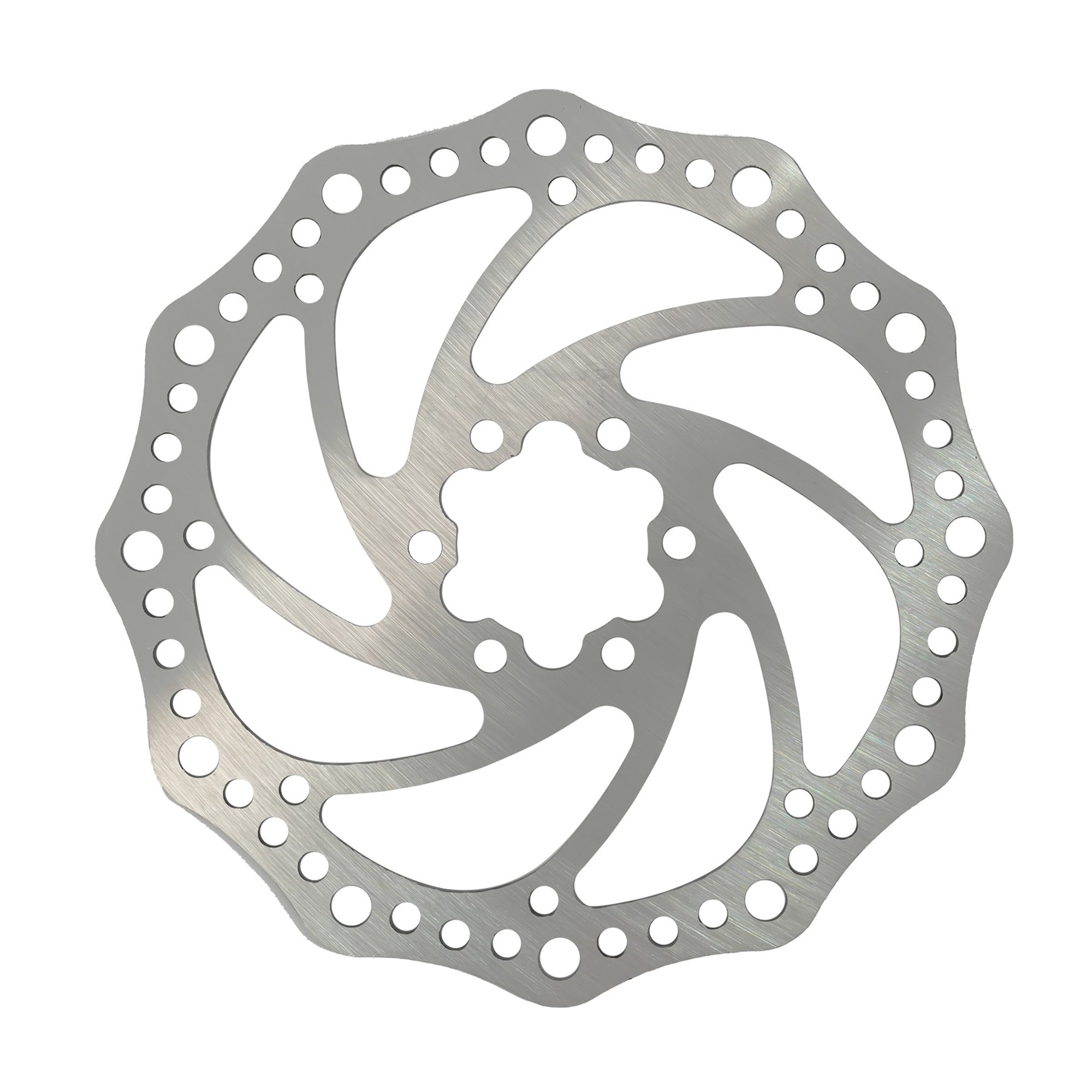
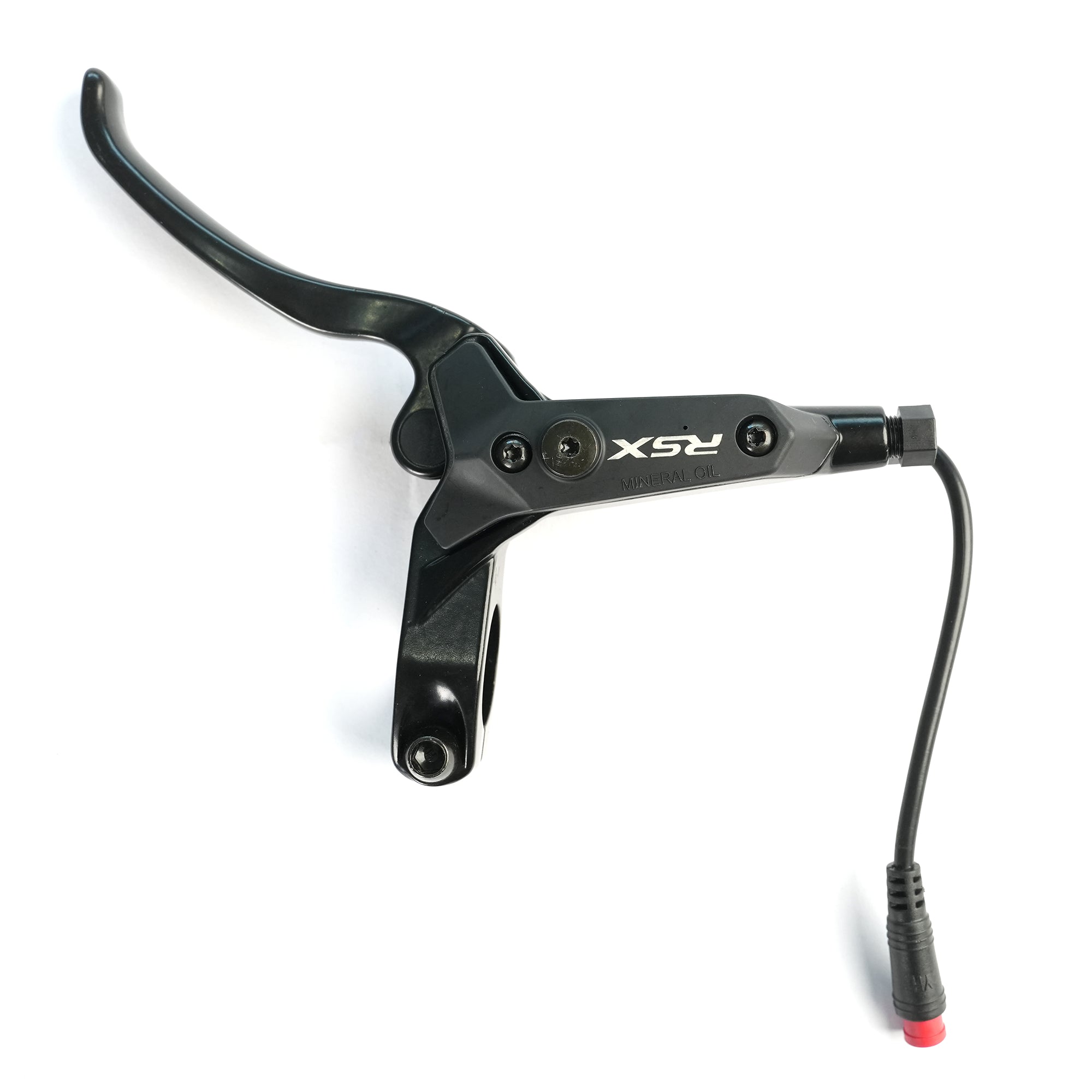
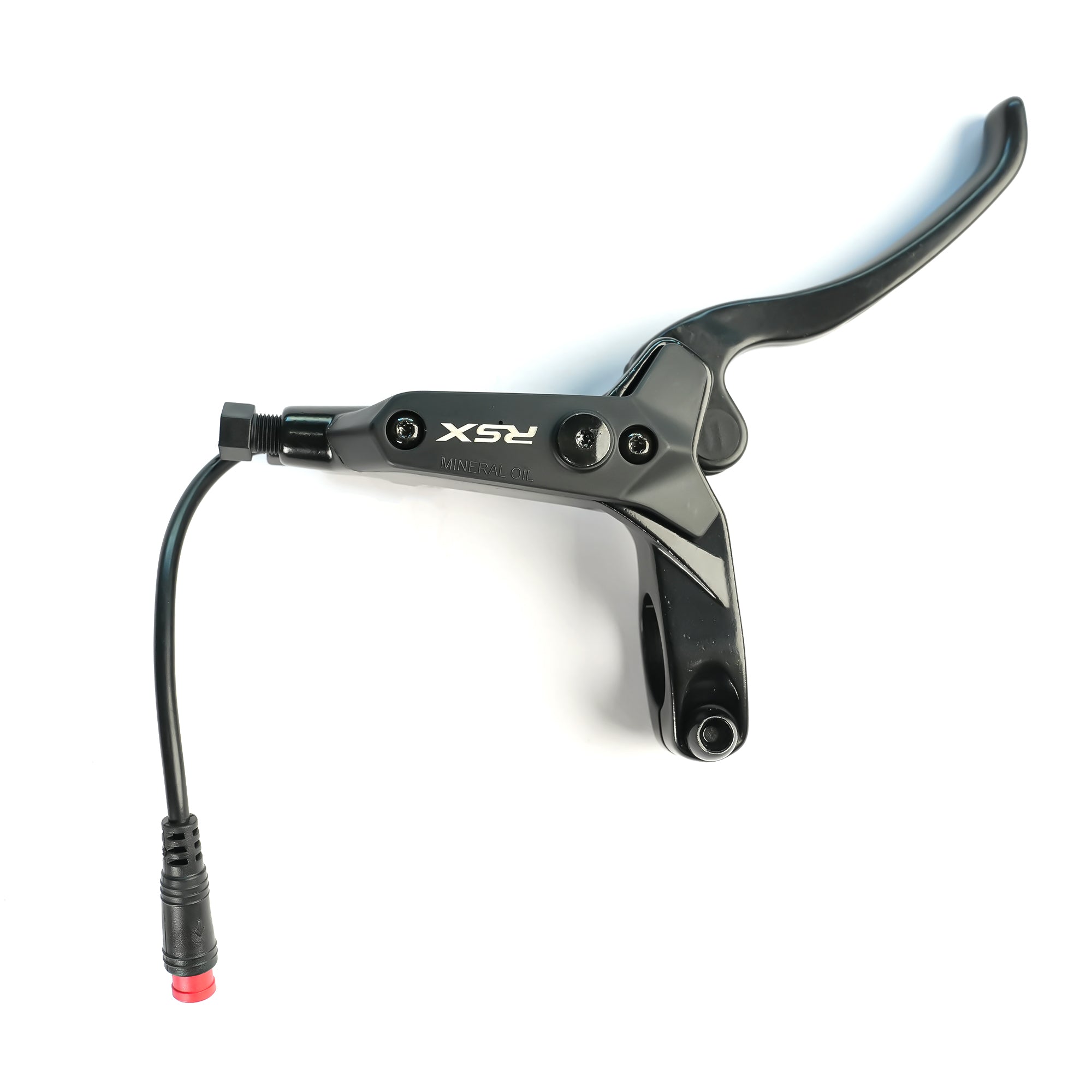
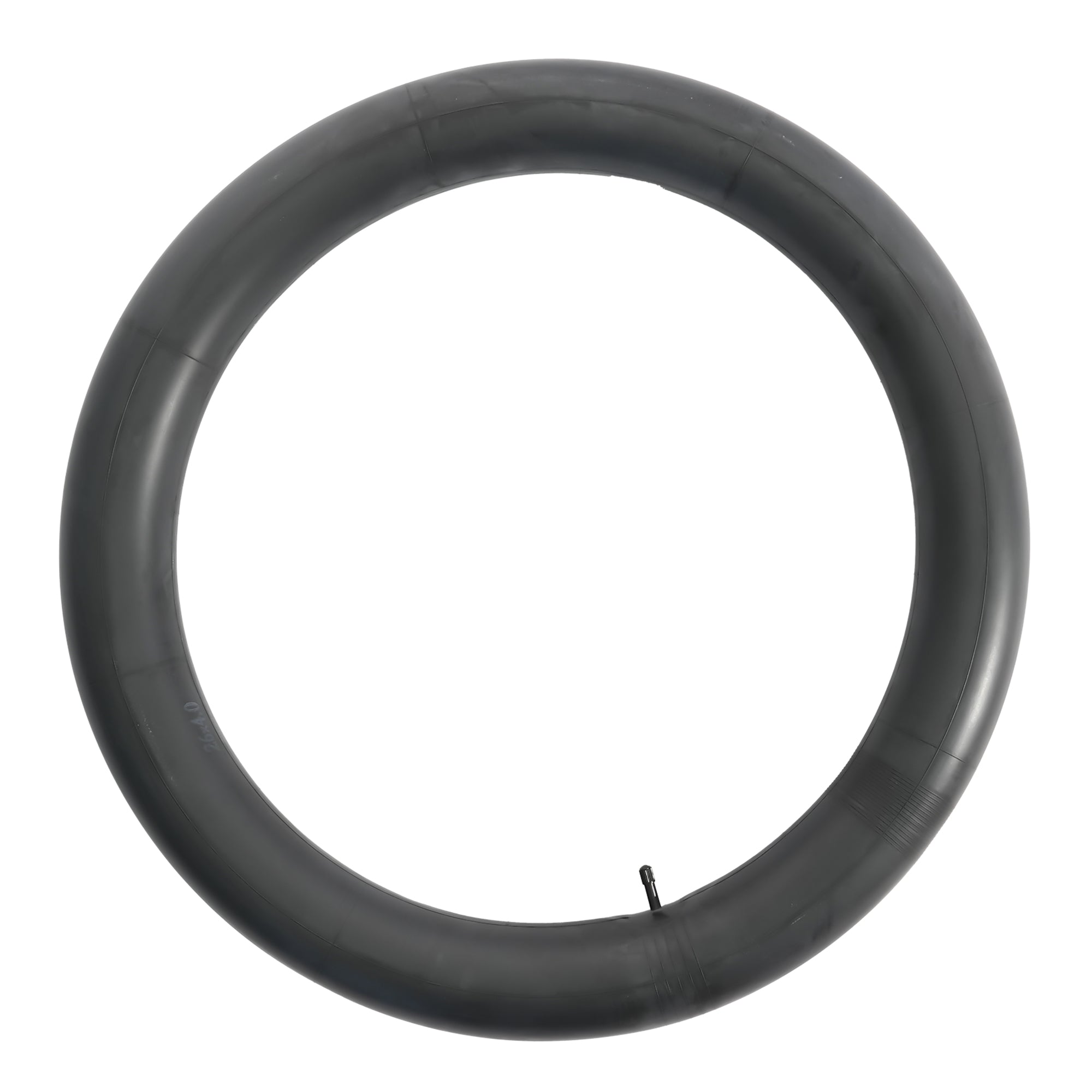
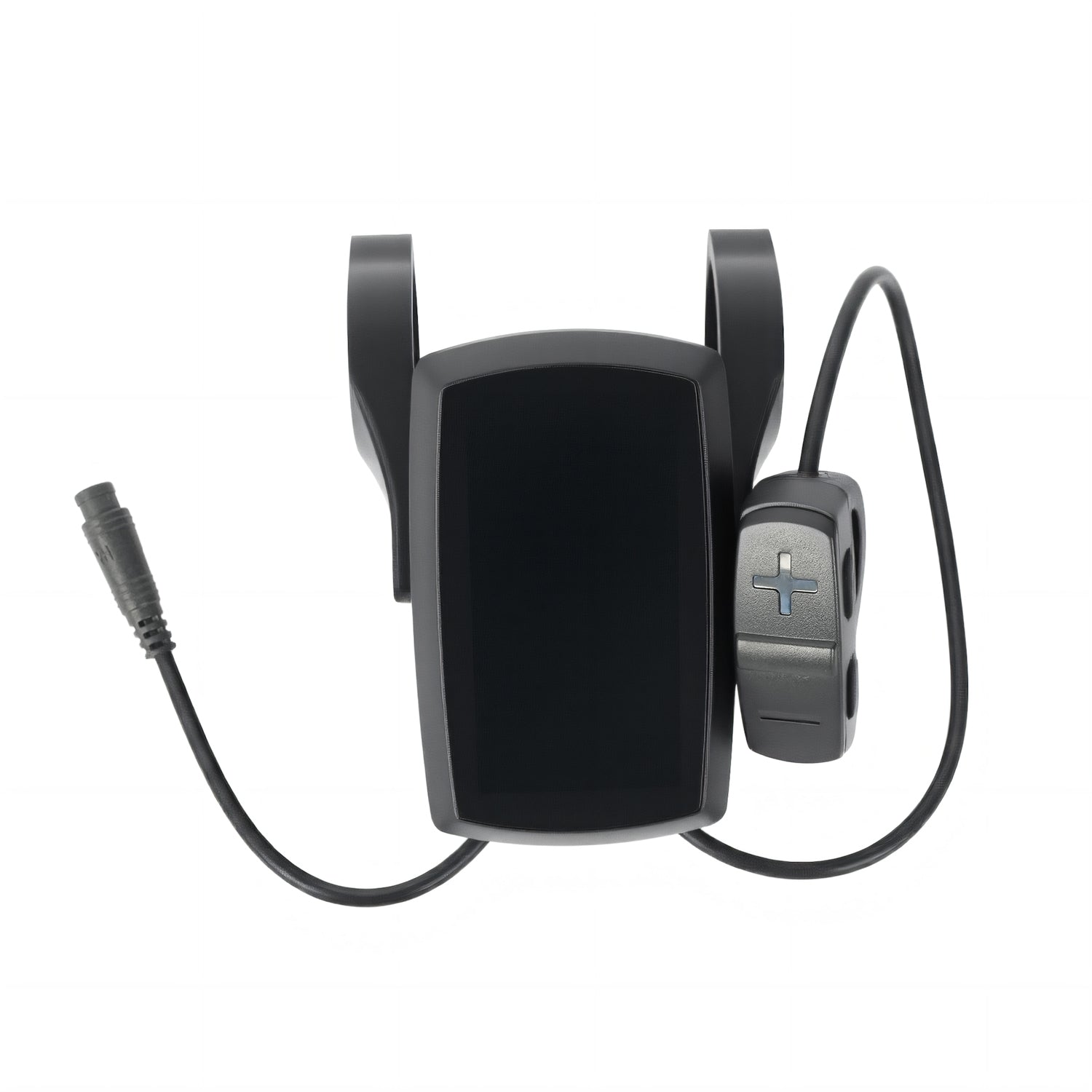
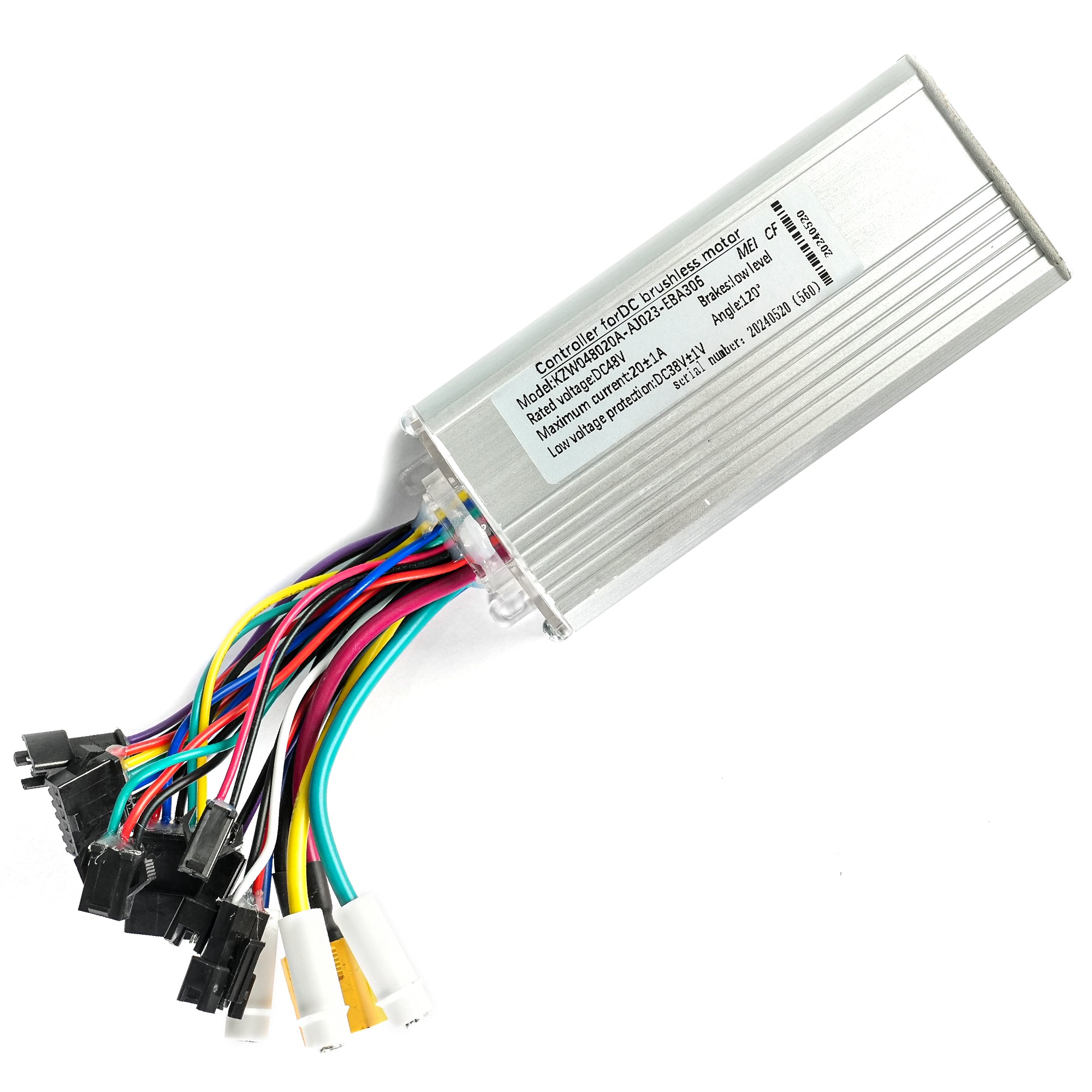
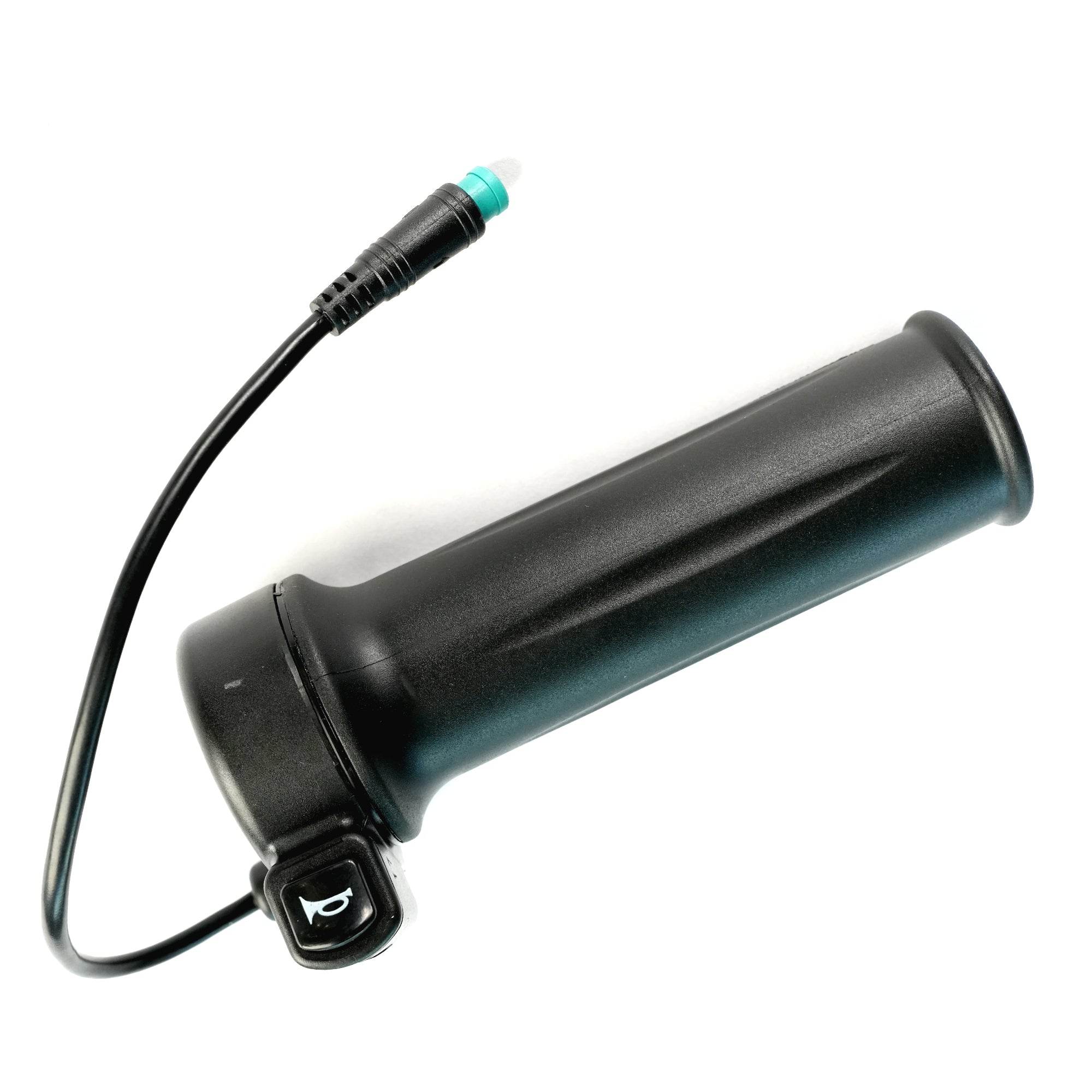
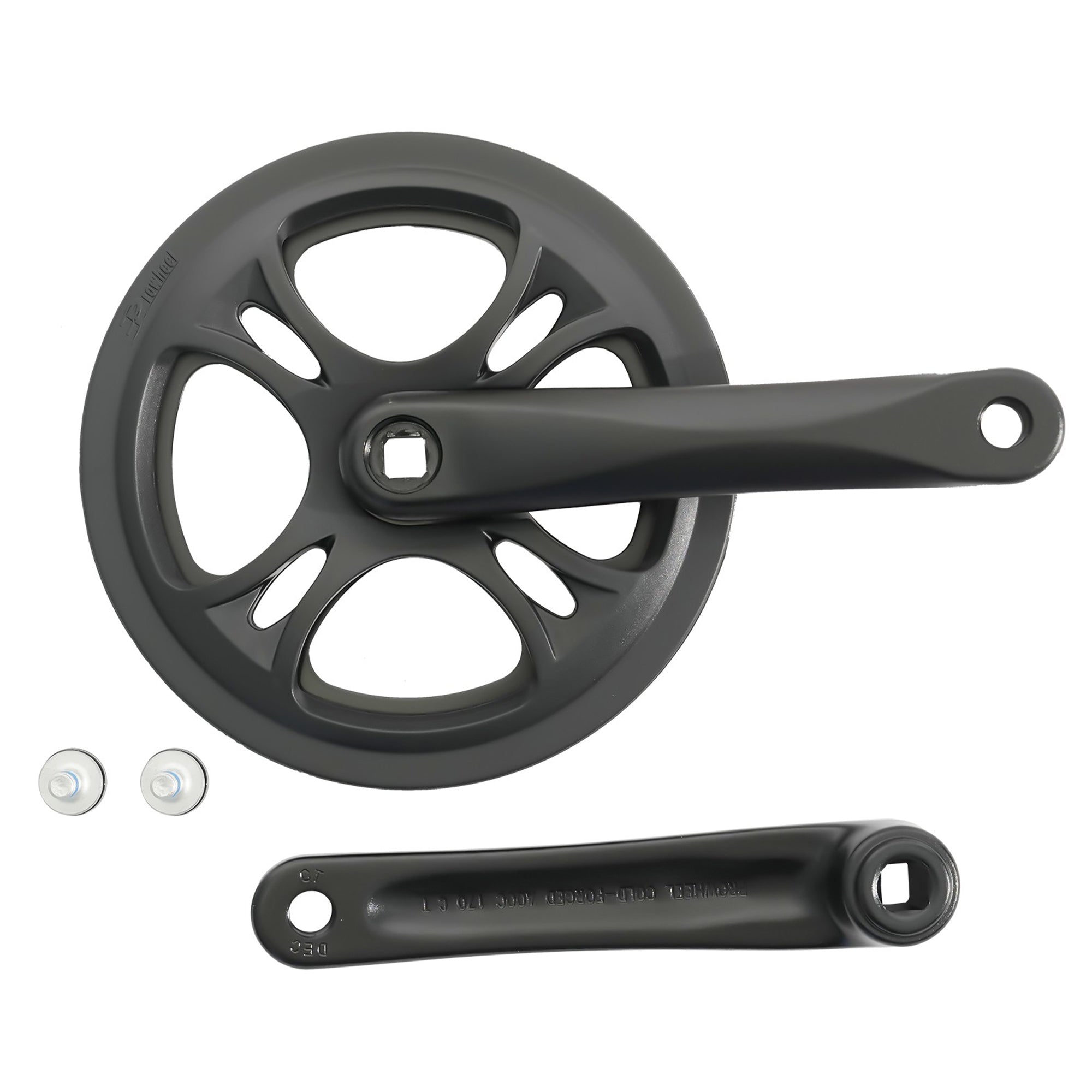
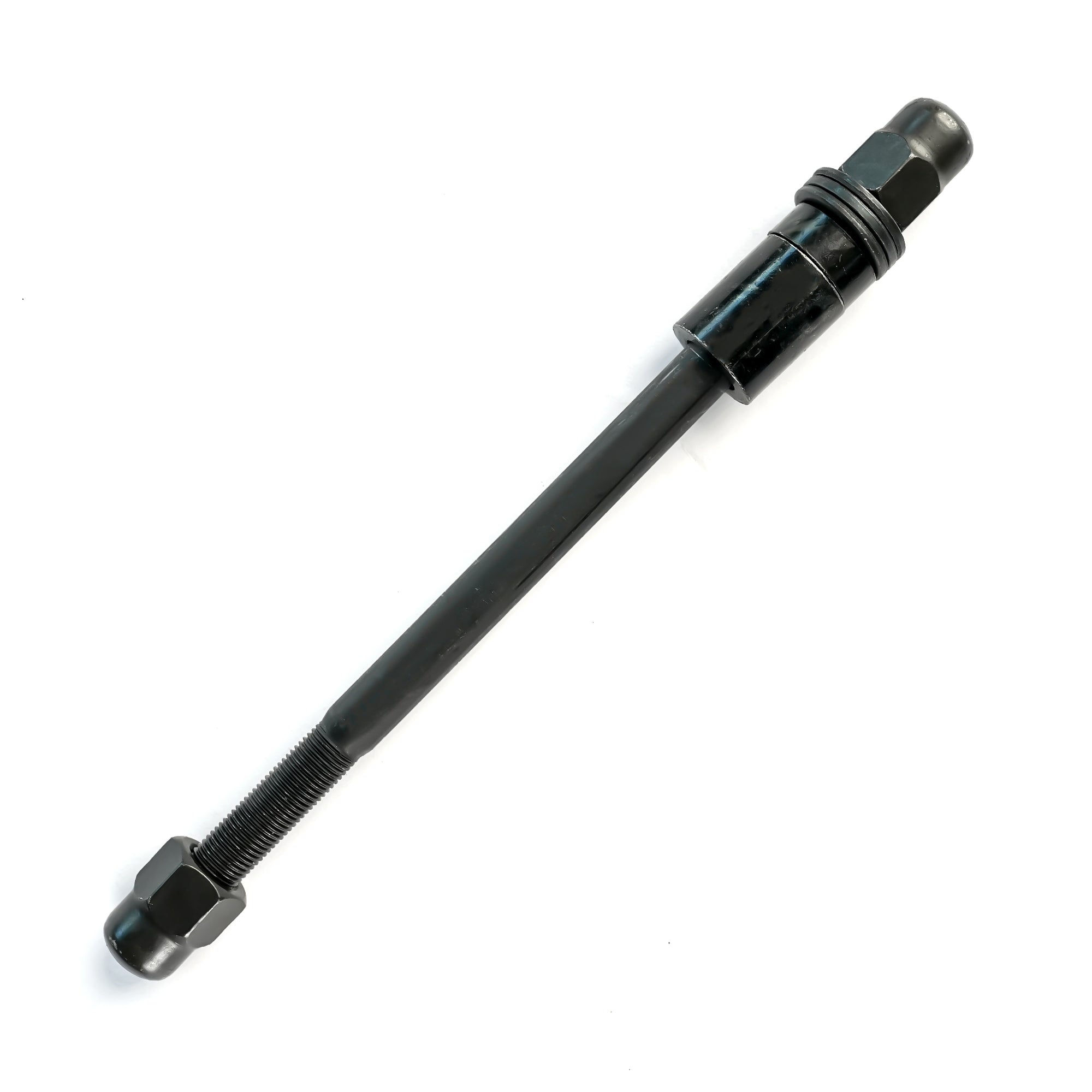
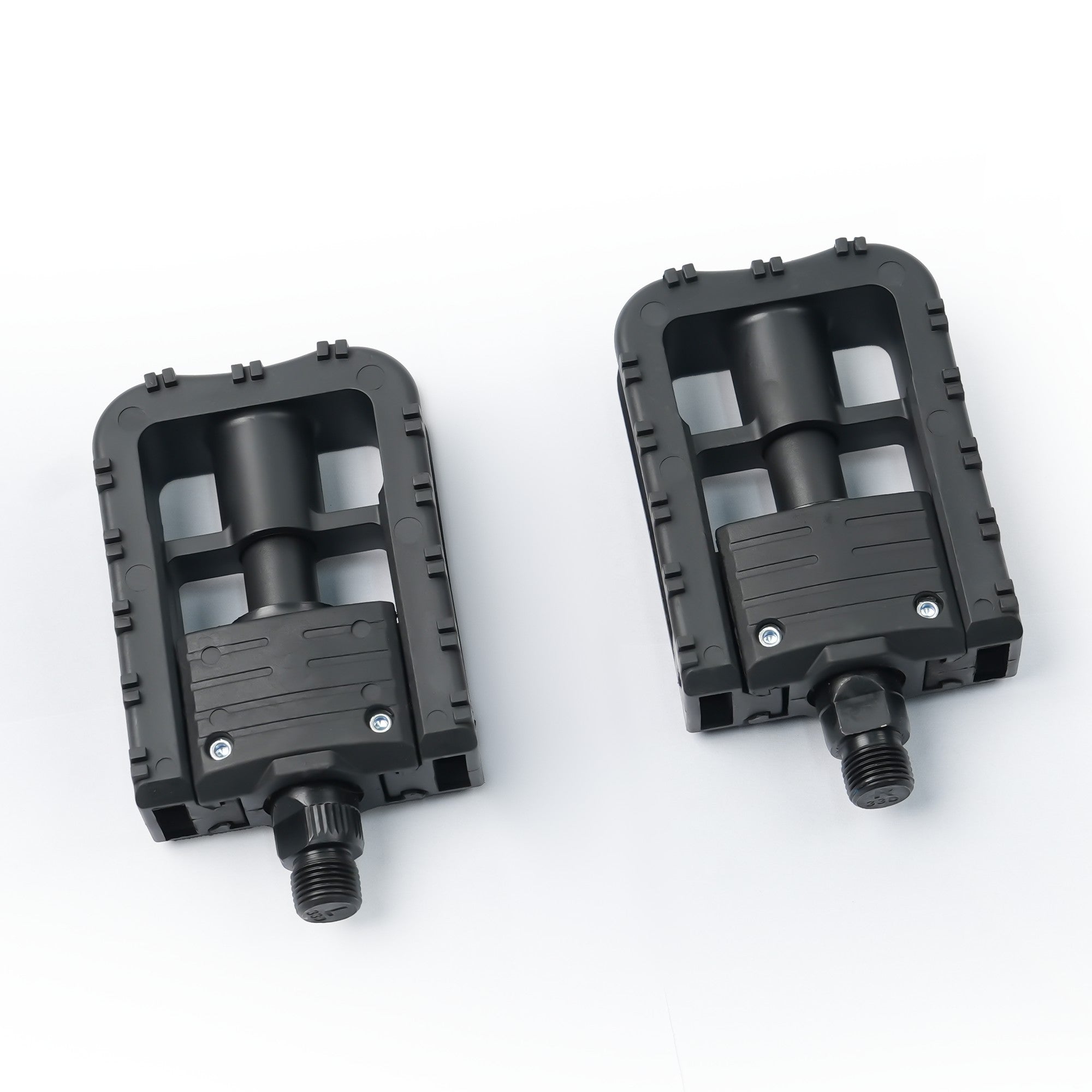
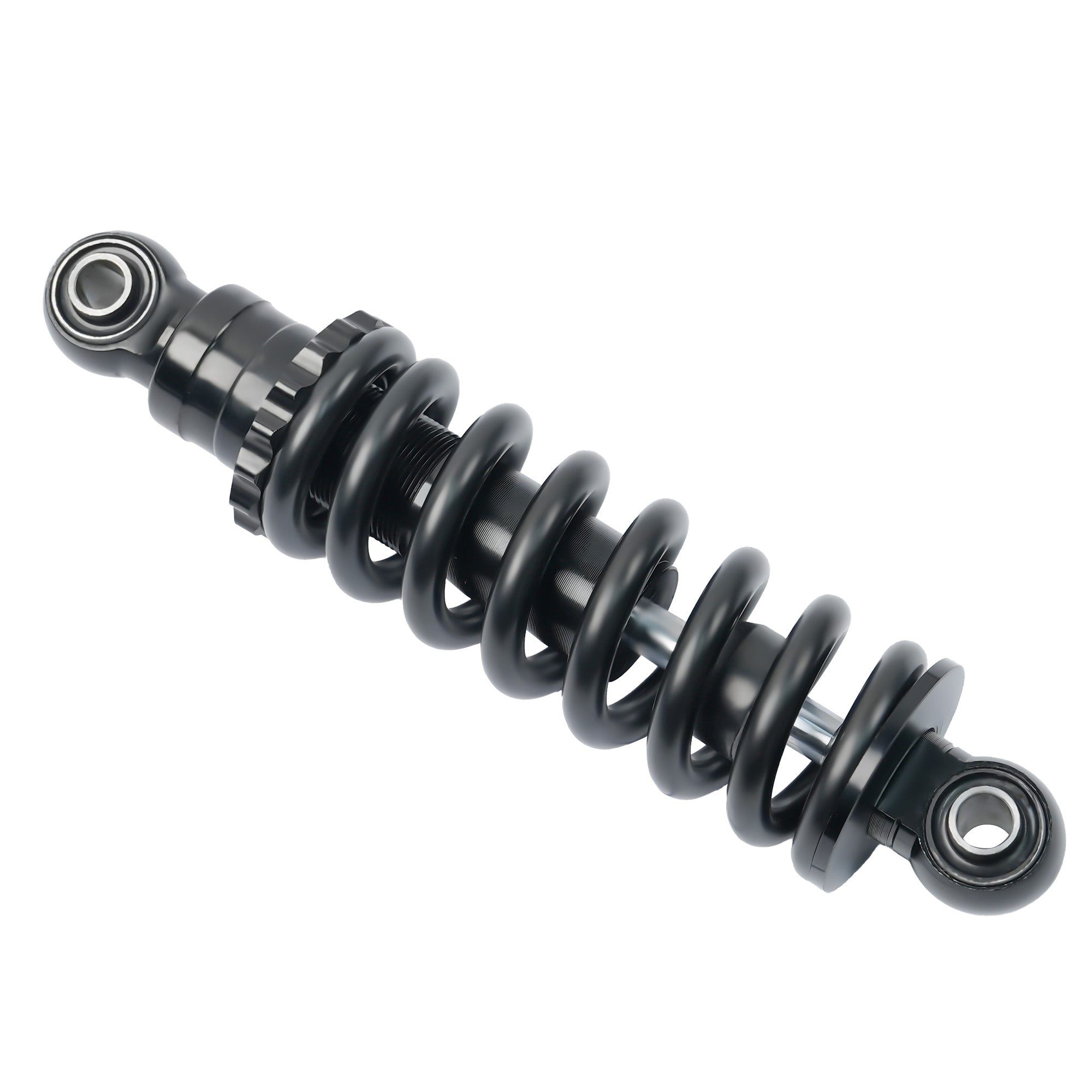
 Payment
Payment Afterpay Financing
Afterpay Financing Warranty
Warranty Shipping Policy
Shipping Policy Exclusive Discounts
Exclusive Discounts Track Your Order
Track Your Order Return & Refund
Return & Refund Referrals & Membership
Referrals & Membership User Manual
User Manual Contact Us
Contact Us FAQs
FAQs